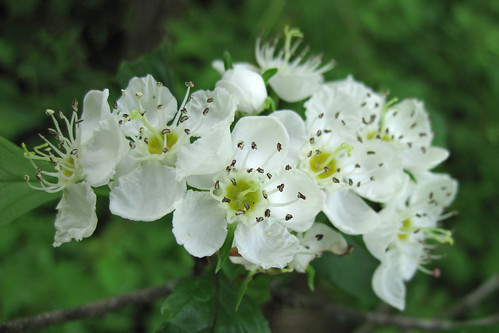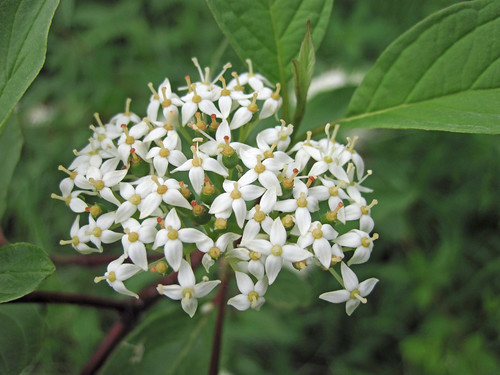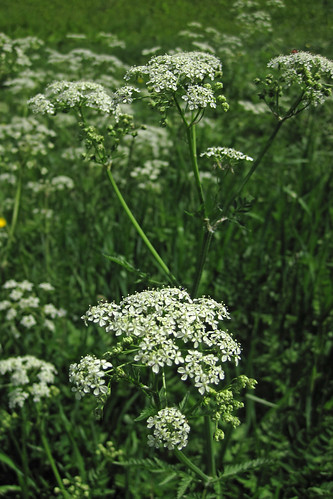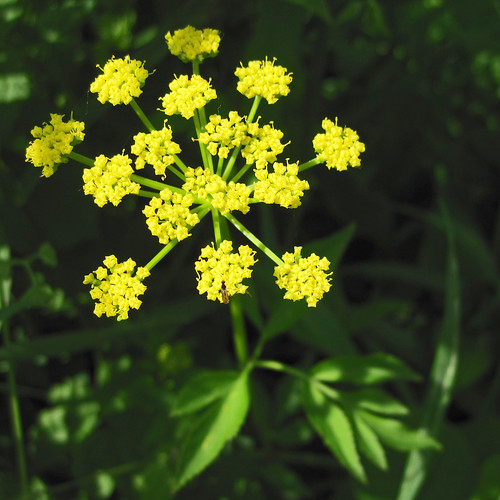 |
| Learning how we study birds at the banding station |
Earlier this month, over 200 people gathered at North Branch
Nature Center to celebrate birds for our 3rd annual BirdFest. It all
started at 7:00 a.m. with our early-morning bird walk. Participants scoured
treetops and dense shrubs, spying dozens of colorful bird species as they
busily built nests and searched for food. A pair of Black-billed Cuckoos inspired
“ooo’s and aaah’s” as they perched out in the open for all to see. By 8:00
a.m., some of our early morning participants continued to enjoy the sights and
sounds of birds while others made their way to the bird banding station to see
avian research up close.
The bird banding station was busy with activity as a wide
variety of species were captured and studied. Among the highlights was a Pine
Warbler, a species that spends much of its time out of sight in treetops, and a
first for us at the banding station! Other captures included chickadees,
cardinals, a hummingbird, and a Magnolia Warbler!
 |
| Chip shows onlookers a Ruby-throated Hummingbird just before release |
The 9:30 a.m. bird walk with Paula Gills crossed paths with
the banding station, where visitors continued to enjoy seeing birds up-close.
And at the same time, a multitude of activities were beginning at BirdFest
central. Kid’s tent; kestrel box building; live raptors; bird carving demo and
workshop… all the action began just before 10:00 a.m.
By 11:00 a.m., early morning bird walk participants were
enjoying talks about Bald Eagles and bird photography, while kids were
excitedly roaming the area around the house as they explored, carved, built and
discovered. By 1:15 p.m. the awards ceremony was underway for our drawing and
photo contest participants. Over 50 species later, and seemingly in the blink
of an eye, BirdFest was done!
 |
| Craig and the Red-tailed Hawk |
 |
| Arts & crafts at the Kid's Tent |
 |
| Remy carving some chickadees |
 |
| Building Kestrel Boxes |
Thanks so much to all of our presenters, including Allison
from Birds of Vermont Museum for hosting the carving workshop, Remy Lary for a
great carving demo, Craig from Outreach for Earth Stewardship for the
always-popular live raptor show, John Buck and Tom Berriman for their great
presentations, Paula Gills for leading the mid-morning bird walk, and everyone
else who helped out in so many ways! And of course, thanks to our BirdFest sponsors for their support!
All photos by Eve Bernhard.
All photos by Eve Bernhard.

























